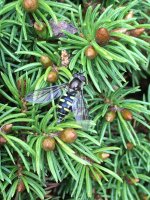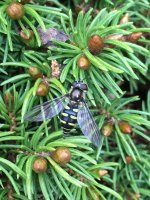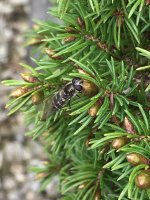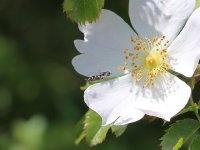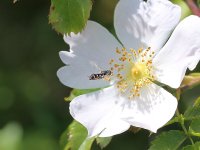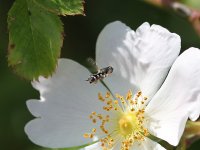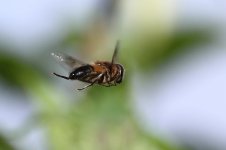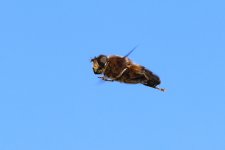IamFof
Well-known member

Rotherbirder.
Let me put my Two pennies' worth in.
I presume that colincurry is not a diptera specialist and, like me, gets what photo he is able to, courtesy of the specimen.
If I had posted these images, also not being a diptera specialist, how would I know that a face-on shot is what would be required to ID it?
If I knew that already, I probably wouldn't need to request an ID.
In my opinion, I would be happy with these images, and would not consider them mediocre, but I am only a person who appreciates nature for what it is and if a bee, or a hover-fly, or what ever presents itself and is willing to hang around long enough for me to get a picture or two, GREAT. Most of the time they are very camera shy and don't hang around for more than a few seconds.
Let me put my Two pennies' worth in.
I presume that colincurry is not a diptera specialist and, like me, gets what photo he is able to, courtesy of the specimen.
If I had posted these images, also not being a diptera specialist, how would I know that a face-on shot is what would be required to ID it?
If I knew that already, I probably wouldn't need to request an ID.
In my opinion, I would be happy with these images, and would not consider them mediocre, but I am only a person who appreciates nature for what it is and if a bee, or a hover-fly, or what ever presents itself and is willing to hang around long enough for me to get a picture or two, GREAT. Most of the time they are very camera shy and don't hang around for more than a few seconds.





